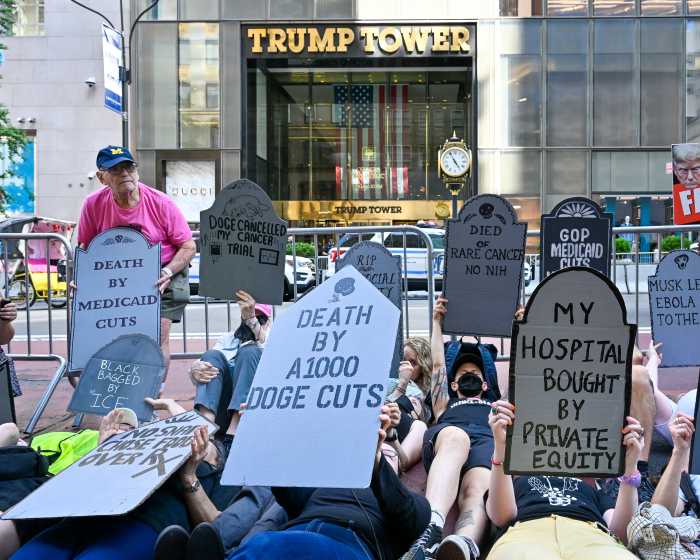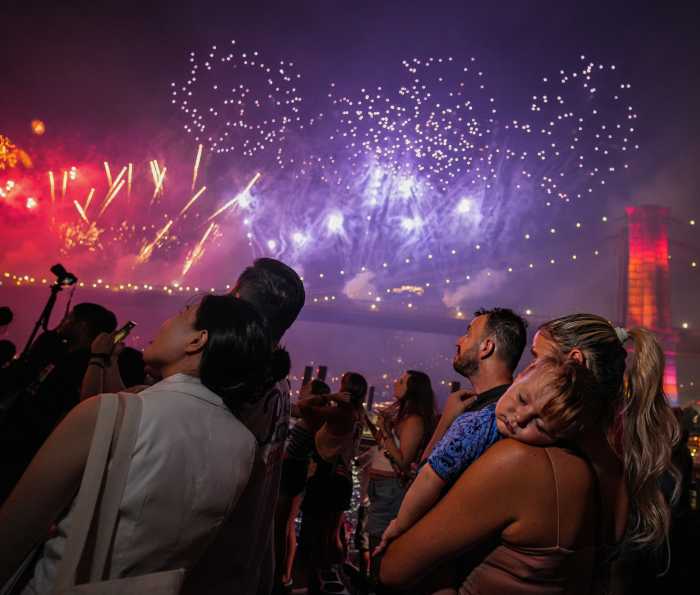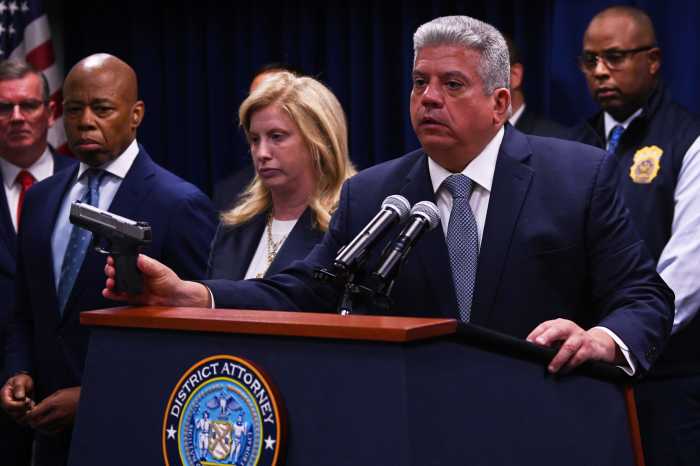Nocturnal hot spots are turning the city’s economy up to 11, according to a report released Thursday — and the nightlife industry’s City Hall representative said there is still room to grow.
The Mayor’s Office of Media and Entertainment, which created the Office of Nightlife in 2017, issued its first detailed report Thursday. The industry survey found small businesses booming throughout the five boroughs. The industry, which includes bars, clubs, and other entertainment venues that operate between 6 p.m. and 6 a.m., generated $697 million in tax revenue for the city in 2016 and provided $6.2 billion in wages for employees.
"We have long known that nightlife is a fundamental part of New York City’s culture and identity. Now we can also measure exactly how vital it is to our economy," Ariel Palitz, the city’s "Nightlife Mayor" who oversees the Office of Nightlife, said in a statement.
Manhattan led the boroughs with the most nightlife establishments in 2016, with 13,000, but Brooklyn saw the highest growth rate, according to the report. Brooklyn’s 5 percent annual growth rate for nightlife establishments was 3 percentage points higher than the city’s overall annual growth rate.
Several neighborhoods have seen a surge in liquor licenses over the last 18 years, the report said. The ZIP code for the waterfront section of Williamsburg, 11249, for example, had no new liquor licenses in 2000 but had 64 last year.
Despite the positive figures, nightlife entrepreneurs surveyed expressed concerns about their businesses. About 47 percent of the 1,300 nightlife stakeholders reported a decrease in their profits over the last three years, with 17 percent reporting a decrease that exceeded 10 percent, according to the report.
About 87 percent of the stakeholders said rising rents pose a major challenge to the future of their business, and 68 percent said government regulations and "red tape" were a challenge.
The Office of Nightlife proposed several recommendations in the report to address those concerns, including acting itself "as a clearinghouse for regulatory information." It also called on the city to create policies and services that "reduce barriers to entry and entry costs."
Shira Gans, the senior executive director of policy and programs for the Mayor’s Office of Media and Entertainment, who helped prepare the study, said the office plans to launch a website this spring that directs nightlife entrepreneurs to various city agencies that provide needed permits and applications.
"It’s a top priority for us," Gans said.
Olympia Kazi, a member of the NYC Artist Coalition, which advocates for smaller dance clubs, said the report is a step in the right direction, but the city needed to speed up its work as nightlife spots face the threat of closing every day because of rising rents.
"I think we need to act quickly with legislation and make it possible for grass-roots culture to continue to exist in our city," she said.
The report issued Thursday by the Mayor’s Office of Media and Entertainment provided a borough breakdown of the nightlife industry.
MANHATTAN
Number of establishments: 13,000
Jobs: 128,900
Wages: $4.8 Billion
BROOKLYN
Number of establishments: 5,500
Jobs: 31,100
Wages: $608 Million
QUEENS
Number of establishments: 4,800
Jobs: 24,900
Wages: $622 Million
BRONX
Number of establishments: 1,700
Jobs: 7,600
Wages: $129 Million
STATEN ISLAND
Number of establishments: 800
Jobs: 3,900
Wages: $64 Million

































